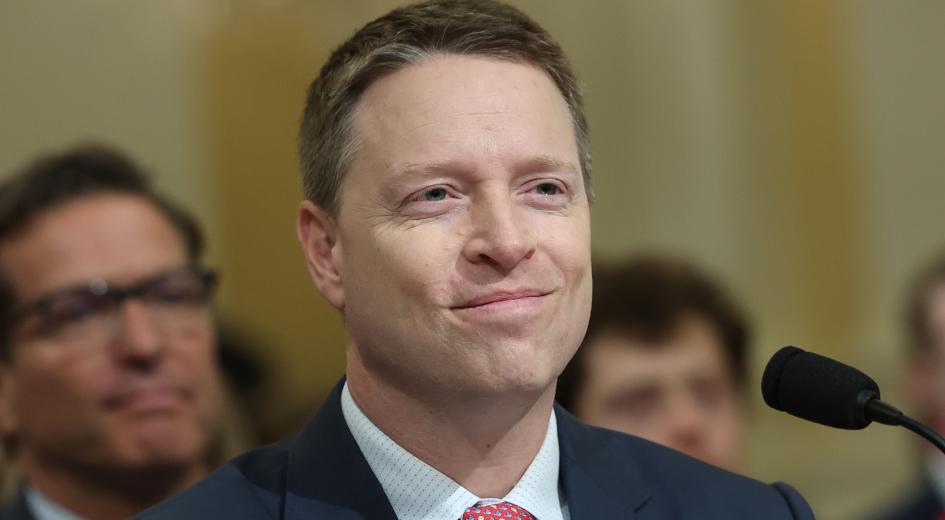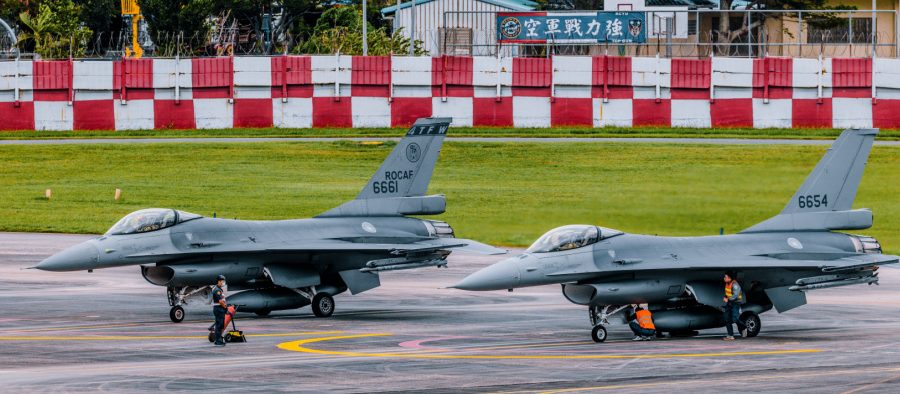Amid escalating tensions in the South China Sea, a former deputy national security advisor from the Trump administration thinks the U.S. should ramp up its joint military exercises with Taiwan in order to counter growing threats from China.
“We should be doing much more serious, multilateral planning together with Taiwan, much more intensive training,” Matthew Pottinger said at a Heritage Foundation’s event July 2. “In part because of what Beijing is doing around the Second Thomas Shoal.”
China continues to ratchet up its military aggression towards the Philippines and other nations in the region. Just last month, a Filipino sailor was severely injured in what the Philippine military described as a “deliberate, high-speed ramming” by the Chinese Coast Guard during a resupply mission. Analysts have argued such moves could lead to open conflict and pose significant risks for the U.S. and its allies, and Pottinger argued this threat specifically endangers Taiwan.
“Beijing has made a mockery of international law and traditional laws of the sea,” said Pottinger. “There need to be military costs. It might mean that we are working together with the Philippines to put far more capability in the Philippines to threaten the Chinese navy in any contingency, not just against the Philippines but also against its neighbors like Taiwan.”
In the air, Pottinger argued there is room to grow the partnership between the Republic of China Air Force and the U.S. Air Force, especially given that this February, the USAF finished upgrading Taiwan’s 139 F-16s to the advanced F-16V (Viper) configuration, now rivaling or surpassing most U.S. F-16 capabilities. This $4.5 billion program, initiated back in 2016, enabled Taipei to commission its first operational wing of F-16Vs in 2021. The next step in boosting Taiwan’s air defenses is to deliver 66 new-build F-16s in a comparable configuration, expected within the next two to three years.
“They (Taiwan) got some of their F-16s, and they go head-to-head in training with the U.S. pilots,” said Pottinger. “It only makes sense that we would deepen quality of our planning and training with Taiwan, and that we would start to involve other partners as well, including Japan, but also Australia.”
The U.S. does engage in military visits and training with Taiwan to bolster its defense capabilities—but such efforts are carried out discreetly due to China’s objections to military interactions between the U.S. and Taiwan. Pottinger, however, insisted on scaling up these actions to the point where the U.S. sends a definitive message.
“We should not be seeking to merely manage our competition, but actually to try to win it with Beijing first,” argued Pottinger. “It’s a recognition of the fact that Beijing is not playing for a stalemate; Xi Jinping is playing to win. So, we define an end state that we believe would entail, first and foremost, persuading Xi and the party that he leads that they cannot win either a hot war or a cold war against the U.S. and its allies.”
In recent years, the Air Force has been expanding its training in the area with other regional allies, including the Philippines and Singapore via joint aerial exercises featuring long-range bombers and fighters. The U.S. is ramping up other joint exercises in the region too. This year saw the first joint exercise involving the U.S., Japan, Australia, and the Philippines in the South China Sea.
Pottinger noted that while the China policy of the Trump era, continued under the Biden administration, was initially well-executed, but is now deemed “out of date,” in light of Beijing “leading proxy wars” against the U.S. in multiple theaters.

